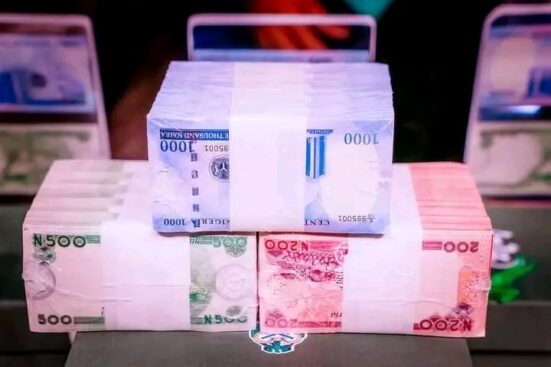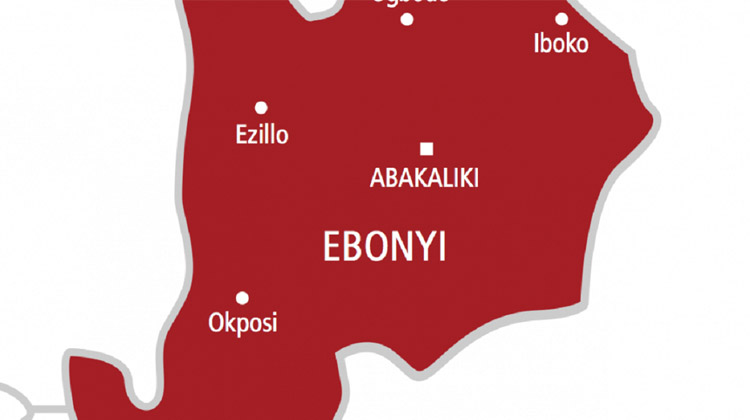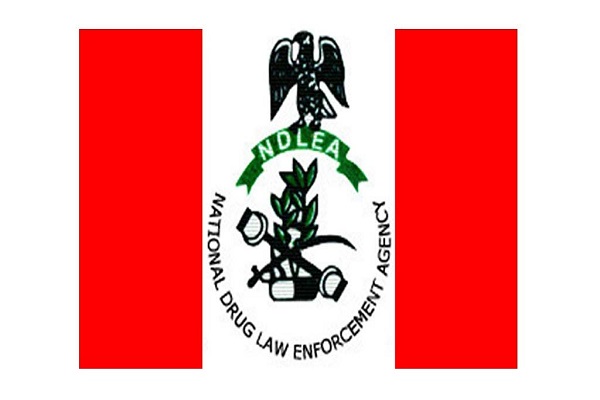Central Bank of Nigeria, on Friday, warned Nigerians to be wary of counterfeit naira notes in circulation amid reports of currency shortage in the country.
In a statement titled ‘Beware of Counterfeit Naira Banknotes in Circulation,’ the apex bank advised Deposit Money Banks, Financial Houses, Bureau de Change, and the public to be vigilant and implement necessary precautions.
Here are six (6) ways you can detect a fake naira note:
1. Engraved portrait: The picture of Nnamdi Azikiwe on the new ₦500 note is being carved into a surface. The portrait is painted or sketched on the right side to enable you to identify the original.
2. Optically Viable Ink (OVI): The light reflects off OVI security ink when viewed at an angle. The light makes the ink’s colour appear different compared to looking at it straight. In many use cases, OVI may be transparent when viewed directly but takes on colour when viewed at an angle. For instance, the OVI in the new naira notes changes from blue to green with a change in the view angle.
3. Portrait watermark: A watermark is a logo, piece of text, or signature superimposed onto a photograph. Watermarks are typically transparent, so those viewing the image can still admire it. The new naira notes’ watermark is in portrait form, as seen in the illustrations.
4. Kinegram: This is one of the easiest ways to identify counterfeit notes. It provides quality identification and security features for the new naira notes. The Kinegram is made of an image of the Nigerian Coat of Arms in the original new ₦1000 note.
5. Intaglio: This is when the image on the naira note is incised into a surface, and the incised line or sunken area holds the ink.
6. Iridescent band: A symbol at the top of the new ₦1000 note changes when seen from different angles.
Credit: TribuneOnline







